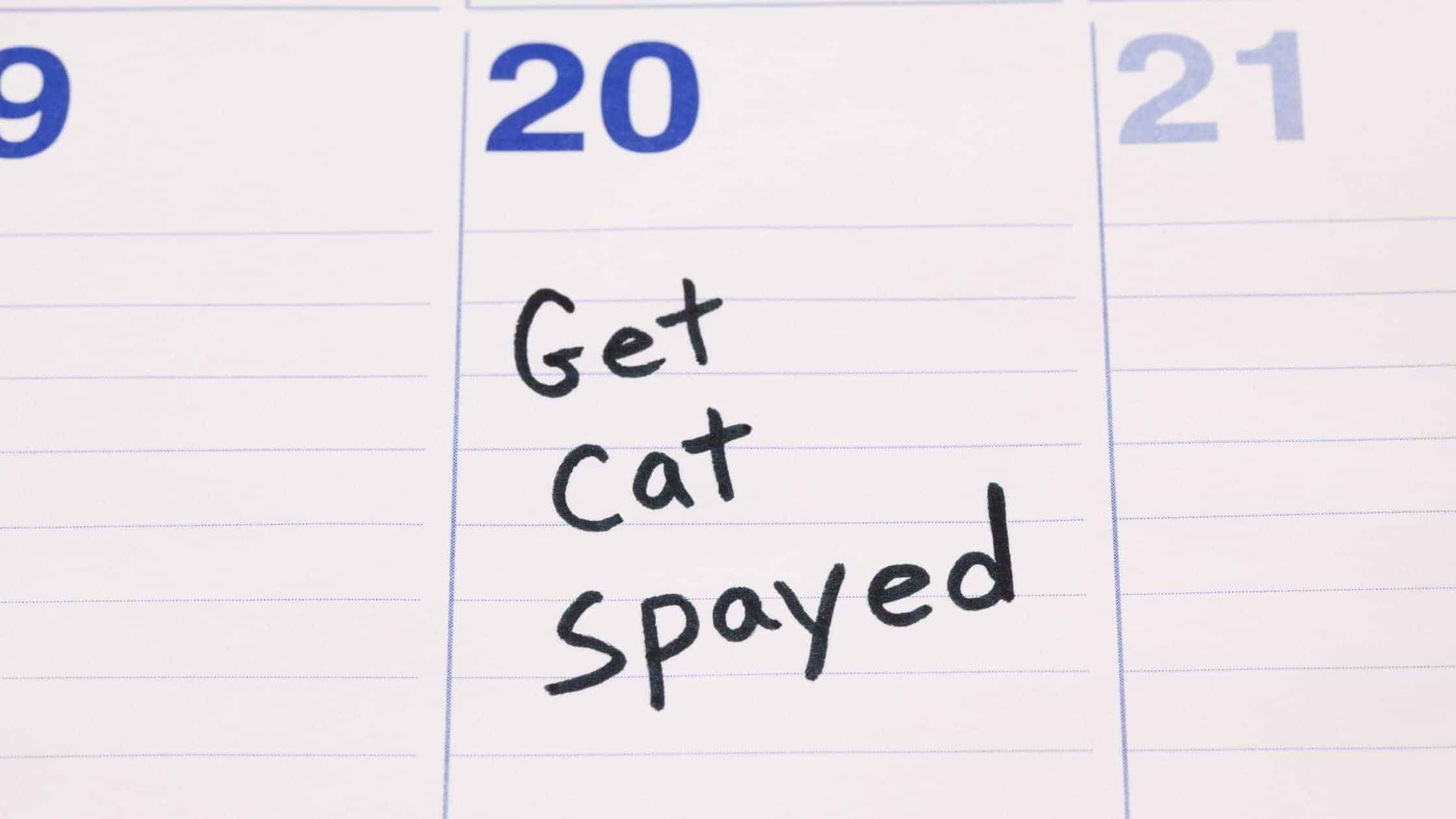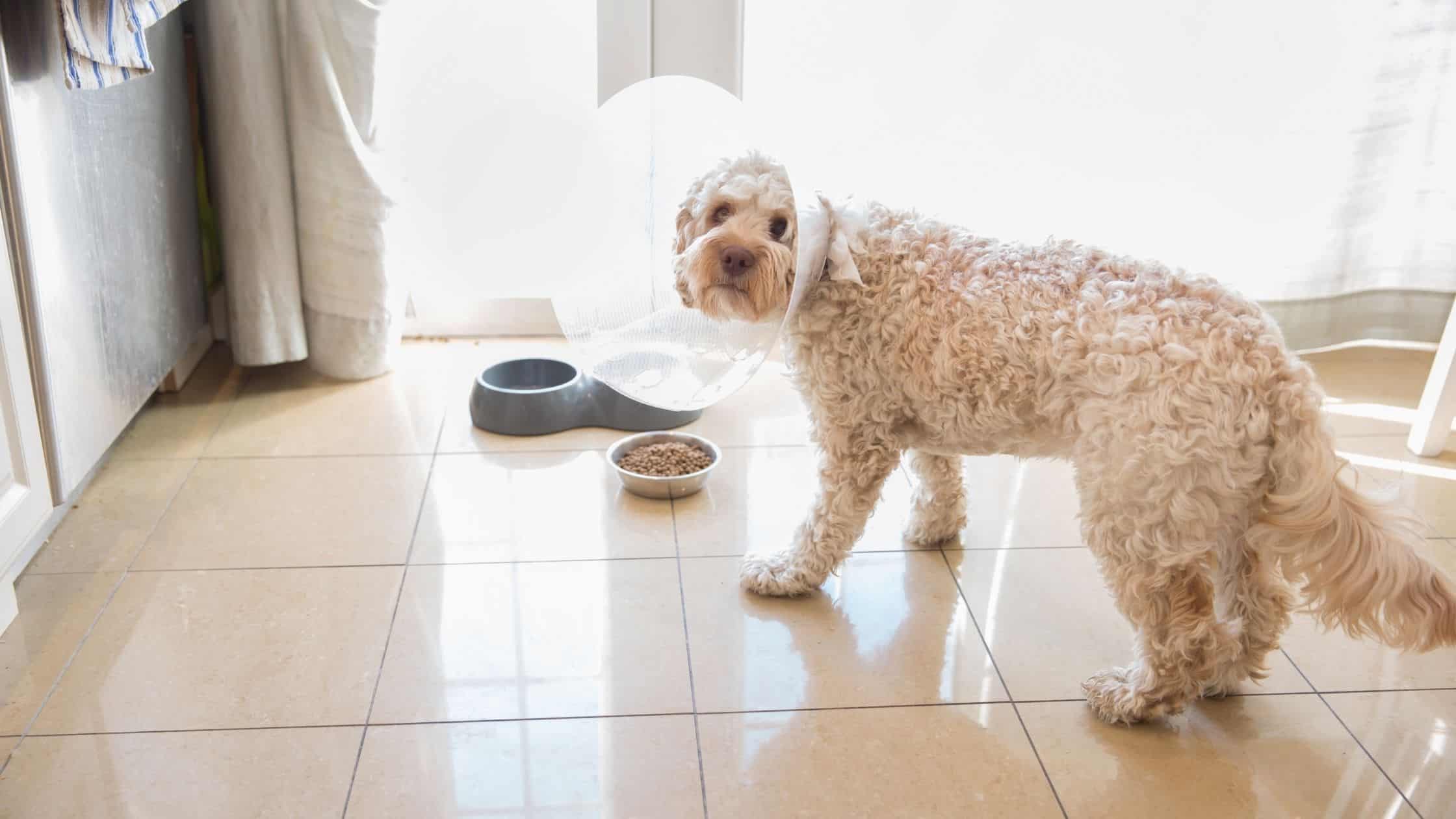How to Comfort Your Pet After Spaying or Neutering

Reducing the number of unwanted pets is a goal for many area shelters since, most of the time, pet owners don’t understand and are not prepared for what goes with birthing new pets for purchase and end up doing more harm than good. For this reason, many pet owners choose to spay or neuter their pets, which is a very common veterinary practice.
Anesthesia can make pet owners anxious or stressed. However, getting your pets spayed or neutered is helpful because it prevents them from displaying behaviors like aggression, mounting, or roaming.
In addition, Spaying or Neutering a pet provides it with some healthful benefits, and if you have a female pet, you can keep it from having any babies. Being a responsible pet parent by getting your pet spayed or neutered is an excellent option for longevity of life and preventing reproductive cancers.
Spaying or Neutering: What’s the Difference?
The surgical procedure is also known more generically as getting your pet “fixed.” It is a relatively simple surgery that occurs when your pet reaches a certain age, usually around six months old or so. Mawoo Pets states that research indicates Goldendoodles can be neutered after just eight weeks of age but that veterinarians recommend waiting until the six-month period, which is also what they recommend for Goldendoodle owners.
But, many pet owners don’t know the difference between which is which – is your pet getting spayed or neutered?
Spaying is the sterilization of a female pet. The term is used in regard to the removal of ovaries and the uterus, which happens with the female pet under general anesthesia.
Neutering is another word for castration. Since spaying is for females, this one is obviously referring to a male pet, which involves the removal of the testicles while under general anesthesia.
What Happens After Surgery?

After a spay or neutering is complete, you may pick up your pet from the vet’s office and notice that it isn’t acting like its usual self. It might seem nauseous, tired, or groggy – these are all completely normal effects of general anesthesia.
Most of the symptoms and pain only take a few days until your pet will feel like itself again. By the following week, your pet’s pain should be gone entirely, so if you notice any lingering symptoms or behaviors, be sure to contact your vet as soon as possible to see if you need to bring it back in for a follow-up.
There will most likely be medication to help your pet manage its pain over a day or two. Your vet will provide medication by injection to help your pet and prescribe any take-home medications. Some of the most common medicines that vets prescribe after a spay or neuter for a dog are Torbugesic or Rimadyl.
However, once the surgery is done and you bring your pet home, it can be unclear what our next steps are as pet owners. So how can you help your pet stay comfortable? There are a few things that you can do within your home and for your pet to help it navigate through recovery after spaying or neutering.
1) Keep Your Pet in a Calm, Quiet Location
Ensuring that you have a space in your home that is calm and quiet for your pet is crucial for its comfort. Your pet is going to need to rest to heal quickly. Most of the time, pet owners will invest in a pet bed if they do not already own one or create an area with many soft blankets for the pet to lay down.
2) No Running or Jumping
You should also take precautions so that your pet doesn’t do anything strenuous, especially running, jumping, or climbing. The activity must be minimal, so you should only take your pet outdoors for bathroom breaks.
Keep their outside trips short so you do not allow your pet to move too much. When your pet jumps or runs or attempts to do more activity, there is a risk of pulling at any stitches, causing more pain or injury.
3) No Bathing or Water
To take care of the incision site from the surgery, keep your pet away from water for at least a week or even longer if possible. Most veterinarians will recommend minimal activity for approximately ten days. Swimming or bathing can, unfortunately, cause an infection. It also reduces the healing process if there is any scabbing since it will soften and sometimes open the scab back up again.
4) Consider a Collar or Recovery Suit
It may seem like putting a collar or a suit on your pet will not be comfortable. However, many pets have the instinct to lick at a cut or incision, which can cause infection or tear at stitches. Collars and suits help keep your dog from going to those areas with its tongue.

5) Provide Small Amounts of Food
Do not be surprised if your pet doesn’t eat all its food after the surgery. When they are still coming off the general anesthesia, your pet may not have much appetite. Just be sure to provide your pet with at least a little bit of food to ensure that it eats and drinks water as well.
Supervise and Follow Your Veterinarian’s Directions
Supervising your pet is crucial to making sure it recovers the best way. You can check the incision site frequently for any signs of infection and ensure that your pet isn’t doing too much activity or movement. If you notice any redness or swelling, those are common occurrences. However, if you notice any leakage or stinky smells coming from the incision area, make sure to contact your veterinarian.
Following your vet’s instructions when it comes to providing after-care from a spay or neuter is going to be your best approach to ensuring your pet’s happy and healthy recovery. Once they have recovered, your pet will be grateful to get back to playing and spending time with you!
Trying to find the right vet for your companion? You can read more about choosing a vet that gets your pet here.
